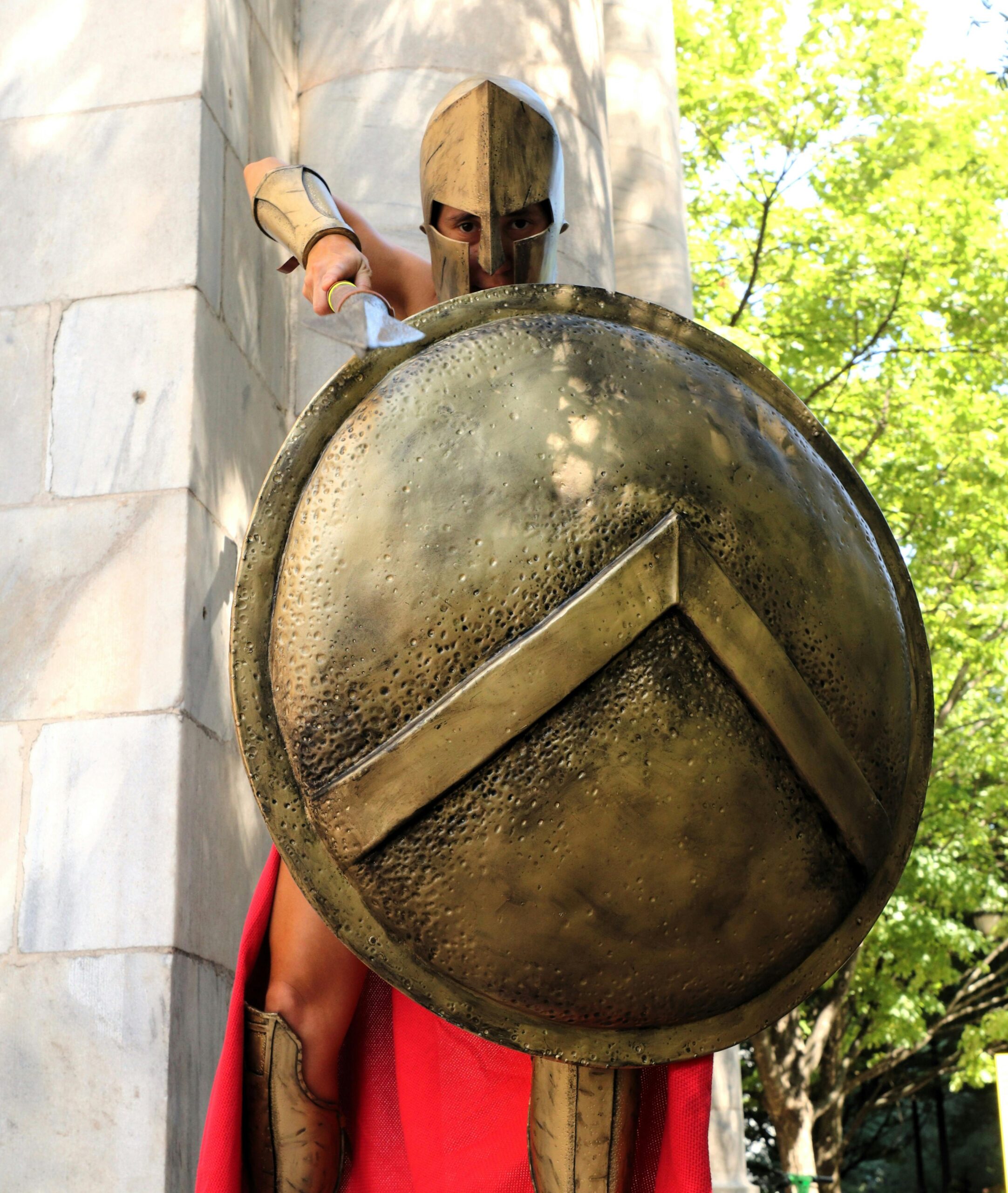(image creidt: by Kevin Schroeder)
Spartan warriors were more than myth—they were the product of an extreme military training system that began at age 7. In a society where weakness was not tolerated, even stealing food was part of a brutal education. Let’s dive into what made the Spartans so unique—and so feared.
Childhood Was War: The Agoge Begins at Seven
The Spartan lifestyle is the stuff of legend, but the reality was even more intense. Unlike other Greek city-states, Sparta prioritized military strength above all else, even family. At just seven years old, Spartan boys were taken from their homes and placed into the agoge—a rigorous, state-controlled education and training program.
In the agoge, the boys lived in military-style barracks, under strict supervision. Comforts like soft beds, warm meals, or parental affection were denied. Instead, boys were fed minimal food, encouraged to go barefoot, and subjected to daily physical challenges. Their education emphasized discipline, pain tolerance, survival tactics, and absolute loyalty to Sparta.
Hunger and Stealing: A Lesson in Cunning
One of the most striking aspects of Spartan training was the deliberate underfeeding of trainees. Why? To force them to become resourceful. Boys were encouraged to steal food—but here’s the twist: if they were caught, they were punished not for stealing, but for failing to be stealthy.
A famous legend tells of a Spartan boy who hid a stolen fox under his cloak. To avoid punishment, he let it bite into his stomach until it killed him—choosing death over being caught. Whether myth or reality, it reflects the extreme values Spartans placed on toughness and secrecy.
Obedience Over Opinion
Spartan education didn’t focus much on philosophy, arts, or creativity—those were left to the likes of Athens. Instead, they valued laconic speech (short and sharp), quick obedience, and mental endurance. Talking too much or expressing individual emotion was discouraged.
This was crucial on the battlefield. Spartans were taught to follow orders without hesitation and to fight as a unit. Personal glory came second to collective victory.
The Final Test: Surviving the Krypteia
For elite graduates of the agoge, one final, secretive test awaited: the Krypteia. This was a brutal rite of passage in which selected young men were sent into the countryside alone, at night, armed only with a knife. Their task? To kill rebellious helots (Sparta’s enslaved class) and survive in the wild, unseen and unaided. It was a test of stealth, courage, and ruthlessness.
Weakness Wasn’t an Option
In Sparta, even infants were judged. If a newborn was deemed too weak or deformed, they were abandoned at Mount Taygetus, left to die. Harsh as it sounds, this policy reflected the belief that only the strong should live and serve Sparta.
Women, too, underwent physical training—not for battle, but to bear strong sons. They were known for being bold, outspoken, and proud of their role in Spartan society.
Legacy of Sparta: Brutality, Discipline, and Endurance
Sparta’s way of life seems extreme by modern standards, but their society left a powerful legacy. Spartans are remembered for their fearless warriors, unshakable discipline, and willingness to die for their homeland. Their stand at Thermopylae—300 men facing thousands—isn’t just legend. It’s a testament to the unbreakable spirit their society forged.


